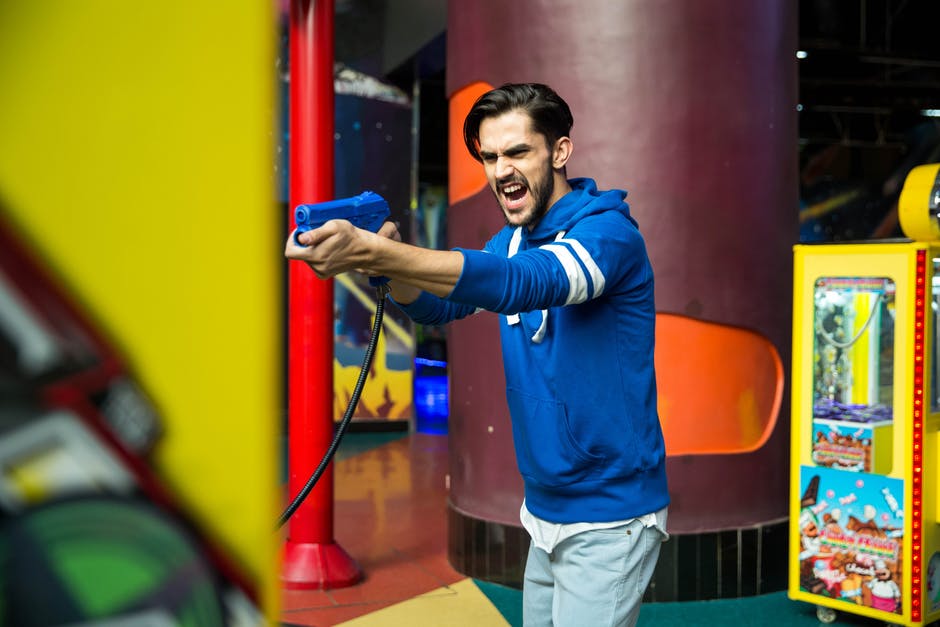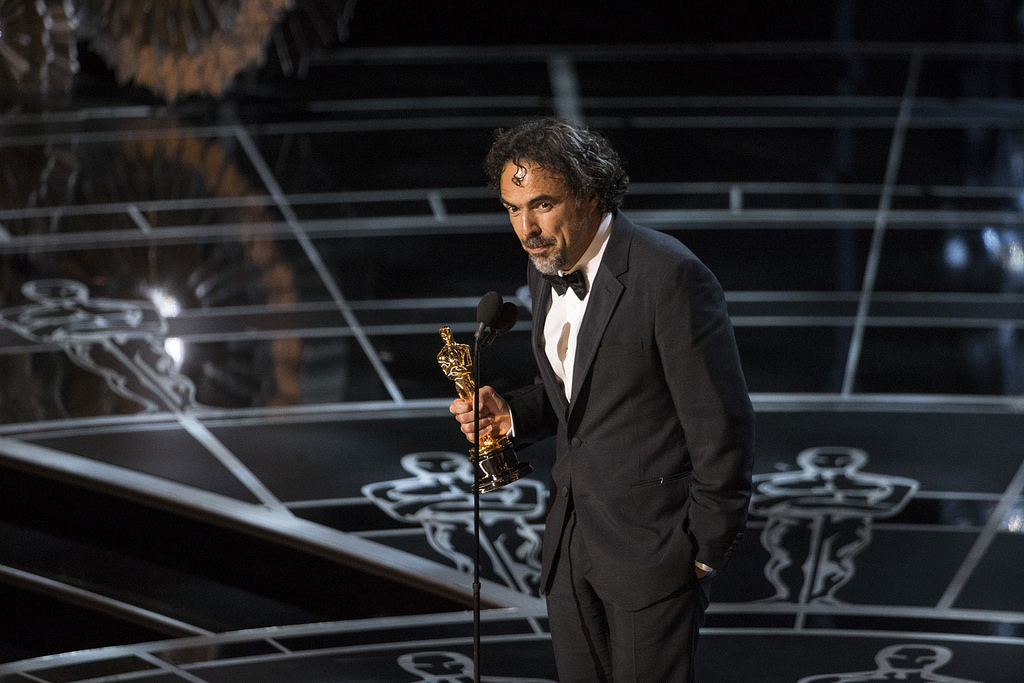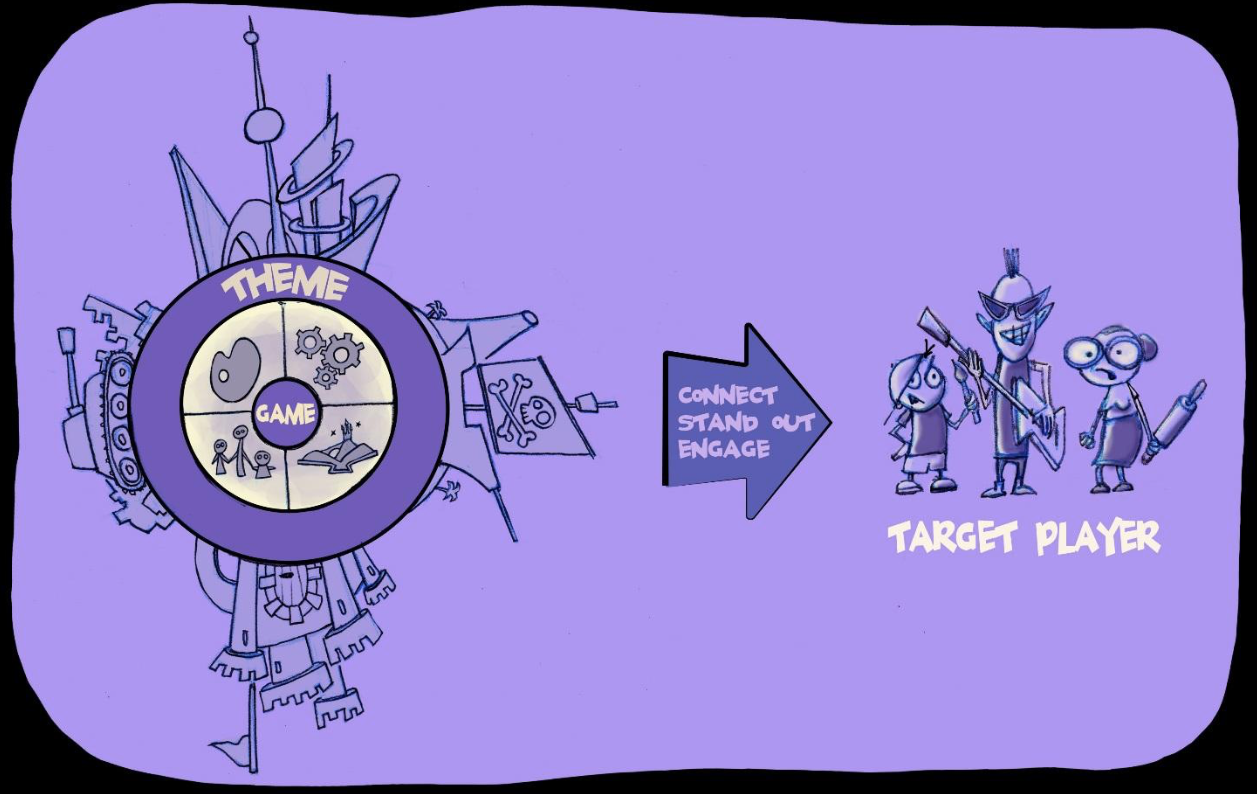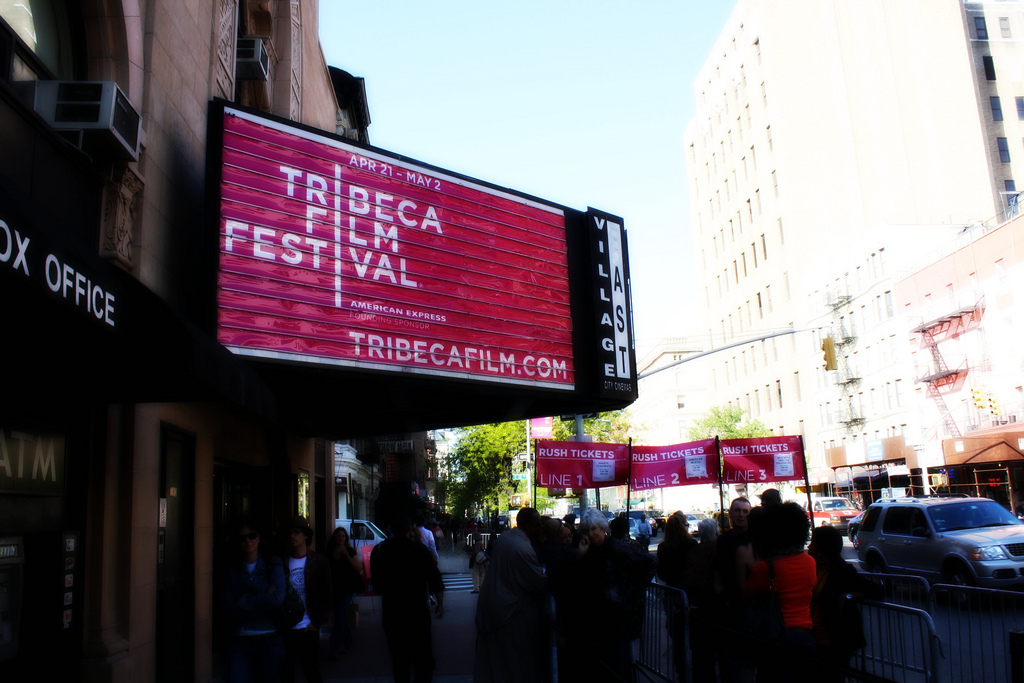By Felipe Lara, NYFA Los Angeles Game Design

We all want to make successful games: innovative, loved by players, and profitable. The question is: Is there a path or recipe to let us make successful games more consistently? I think there is, but to find it we need to define more clearly what is a successful game. Once we clarify our goal we can better figure out how to get there.
Defining game success in terms of profits is the simplest, but thinking about profits does not help us much to figure out what ingredients and processes we should use to make a successful game. What art style will bring me more revenue? It is hard to know and hard to test. Furthermore, in some cases success might not even be about profit but about teaching something, calling attention to something else, or about creating a change in behavior, like in educational games, promotional games, and other transformational games.
To find a path to game success that is useful to game developers, it is better to define success in terms of player engagement. Player engagement is in most cases highly correlated to game success, but the important thing here is that engagement is something that we have more control over as developers, and it is something that maps more directly to the ingredients and decisions we deal with during game development. Asking what particular story will bring more revenue is usually unclear and hard to test. On the other hand, asking what story will be more engaging for our target players is not only more clear, but also much easier to test.

What Does a Successful Game Look Like In Terms of Player Engagement?
A successful game needs to do four things in a sequential order:
- STEP 1, STAND OUT: The game needs to stand out or be noticed. If nobody is aware of your game, nobody will play it.
- STEP 2, CONNECT: The game needs to connect with players and make them interested in finding out more. Somebody yelling in the middle of the street will get noticed, but the act of yelling itself won’t get people interested. People will only respond if they connect or resonate with what they hear. The same happens with games that get your attention in the app store or in the first couple of minutes of free-to-play game.
- STEP 3, ENGAGE: The game needs to engage players and keep them playing for a while. This may not be true for all games, but in most cases, the longer players stick around the more profitable the game becomes: more chances to monetize, more chances to get subscriptions, more chances to get recommended to friends, etc.
- STEP 4, GROW: Finally, the game needs to find a way to scale or grow its player base.
What is useful about defining this sequence is that now I can look at the different ingredients I need to build my game (art, mechanics, story, social features) and figure out if they are working to help my players go through the engagement sequence or not.
But First Clarify the Why and the Who

Of course, none of the previous stuff matters if you are not reaching the goals you were trying to achieve with your game in the first place. You might be attracting players and keeping them around, but if you are trying to make an educational game and your game fails to educate you are not succeeding even if you have tons of players sticking around.
The same goes for monetization: if you have hundreds of thousands of players but you are not monetizing or reaching the profit you were looking to make, you are failing. You need to make sure that, as your game connects and engages, it is also teaching and/or monetizing. That is a big part of the trick, but I’ll save that discussion for another article down the road. For now let’s stick to the basics: you need to have a very clear idea of your goals for your game. Make sure that everything you do revolves around those goals.
It is equally important to have a clear picture of your target player. The things that I need to do to stand out and connect to kids are very different from the things I need to do to stand out and connect to young adults. To identify the right ingredients to use, you need to know your target audience.
The Ingredients of Player Engagement

In the many years I spent developing MMOs for casual gamers, I saw how there are four basic elements that be combined very effectively to get the attention of players and have them stick around: art, fun mechanics, story, and community building:
- ART: Art is what first catches your players’ eye and makes them want to take a closer look at your game. At first, players won’t know much about the specific mechanics and stories in your game. They decide to pay more attention after experiencing visuals that resonate with them.
- FUN: Art by itself, no matter how cool it is, won’t keep your players for long. Finding fun stuff to do that is easy to understand, with clear goals, is what makes players want to stay more than a few seconds.
- STORY: Even fun activities get repetitive unless there is a larger meaning and purpose behind them. Having a longer-term purpose or story that players can relate to is what makes them want to keep coming back. Shooting hoops is fun, but doing it everyday for hours can get boring quickly unless the activity is part of a larger story — like training to defeat an old rival team.
- COMMUNITY: All good stories need an ending, but the meaning and purpose that you get from being part of a community can last for years. The games that we keep going back to over and over are the ones that let us form connections with people that we care about.
All these four elements are important to create a successful game that follows the sequence:
- Stand Out
- Connect
- Engage
- Grow

The importance of art, fun, story, and community may shift from one step of this sequence to another. For example, standing out depends much more on the art and how things look like than on the details of the story. Then again, engagement depends much more on the mechanics and story than the art, and growing depends heavily on the community building aspect. I’ve seen many good games that don’t succeed because they lacked one or more of these important elements.
It is also important to notice that most games, from free-to-play mobile games to VR experiences and educational games, will benefit from having all these ingredients. If you decide that you don’t need one of these key ingredients — if you think you don’t need a story or you don’t need community building mechanics — at the very least, you should have a very clear reason why not. You should also have an idea of how you are going to get your game to stand out, connect, engage, and grow with the ingredients you choose to include.
There are other elements in a game that are very important that I’ll mention quickly.
Monetization is essential to make the game development sustainable. Marketing can help your game get noticed. Even more important than the marketing promotion itself, is defining and thinking about your target market, and getting feedback from your target players all throughout the development process. Then, your art, mechanics, story and social mechanics will resonate with your players, and your marketing will be embedded into your other elements.
Conclusion

Defining 1) your goal and 2) a successful game (in terms of specific steps around player engagement) are the most important first steps in creating your roadmap toward making successful games.
As a second step, you need to look at all the ingredients that can help you find the right recipe: art, mechanics, story, and community. When you put those things together in a game or experience — art that resonates with your audience, mechanics that are fun and have clear goals, a story that adds meaning and context, a community makes you feel part of something larger than yourself — your game experience becomes more engaging.
It is important to point out that finding the right mix of ingredients is a big part of the challenge. What art style should I use? What about mechanics? What is my story and how much of it do I reveal? All these questions need to be tackled and tested during development, and using the right processes makes it easier to find the answers.
Another important thing to notice is that these ingredients are much more effective when they work together. A cartoony art style might not be the best match for a scary story. Your ingredients need to match and support each other to make the overall experience better.

Ready to learn more about game design? Check out NYFA’s game design programs!
Avid gamers can also check out more of our featured instructor Felipe Lara’s writings here.
































